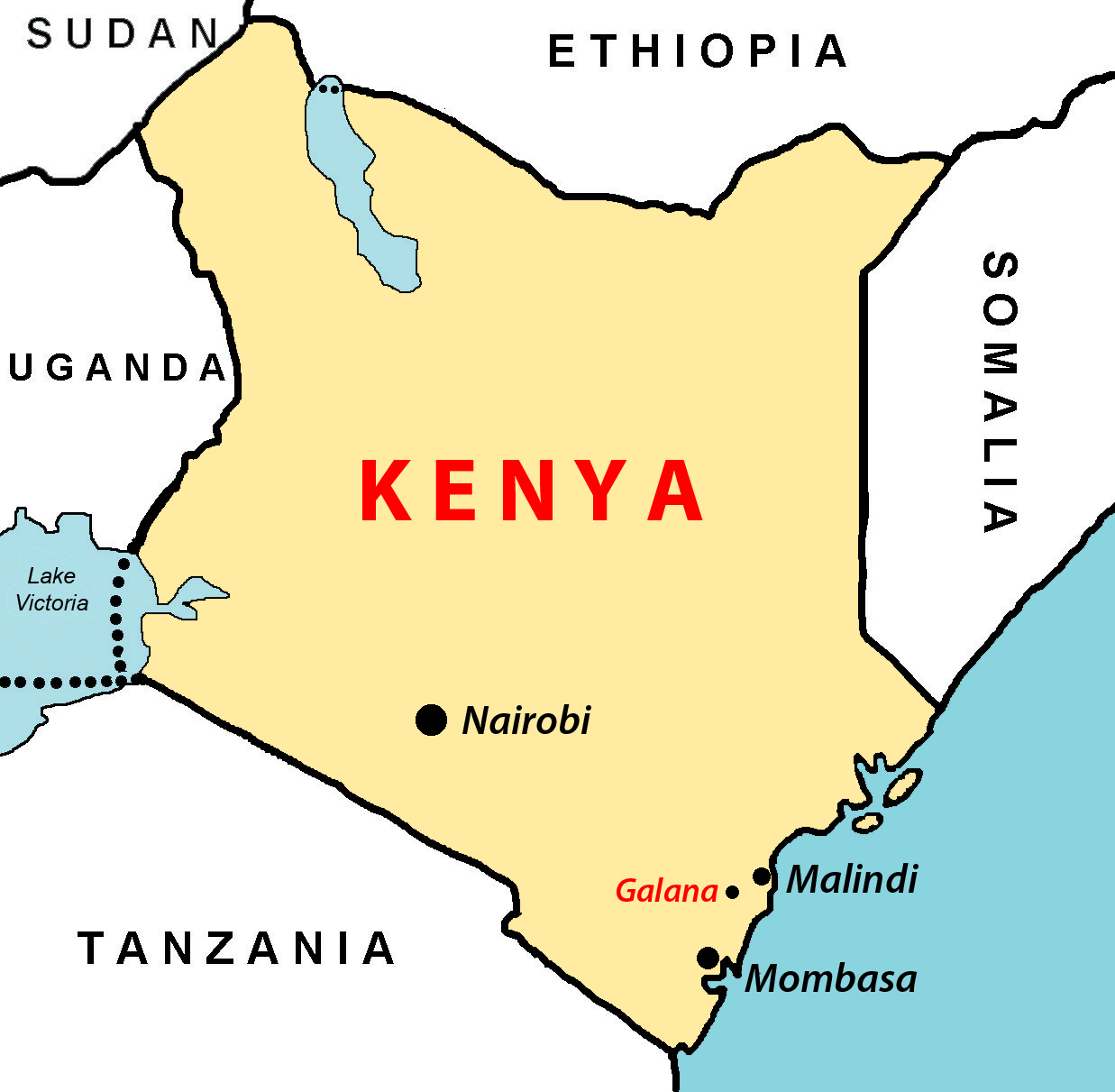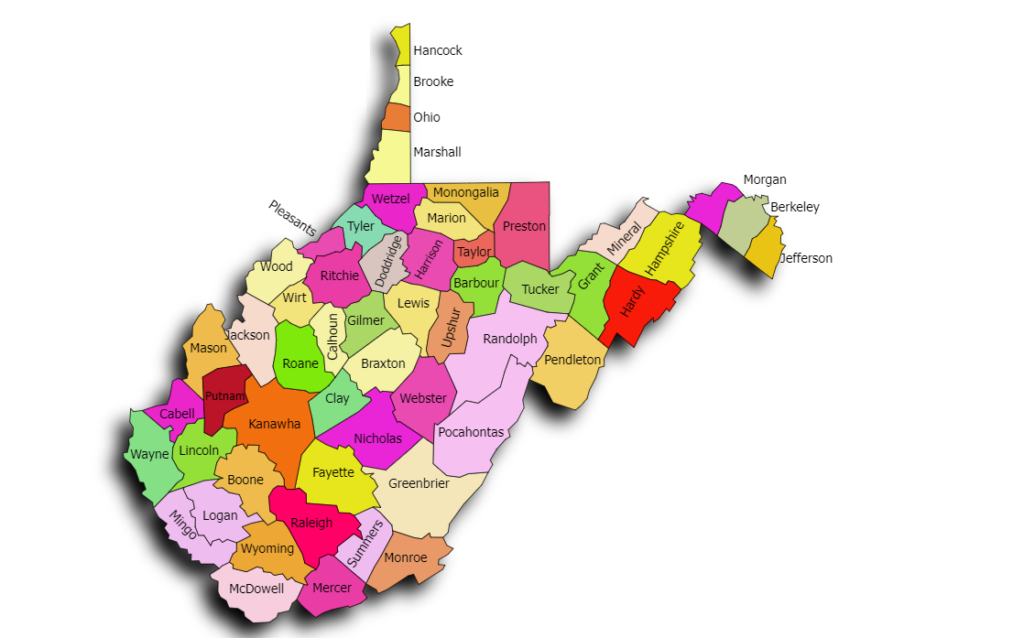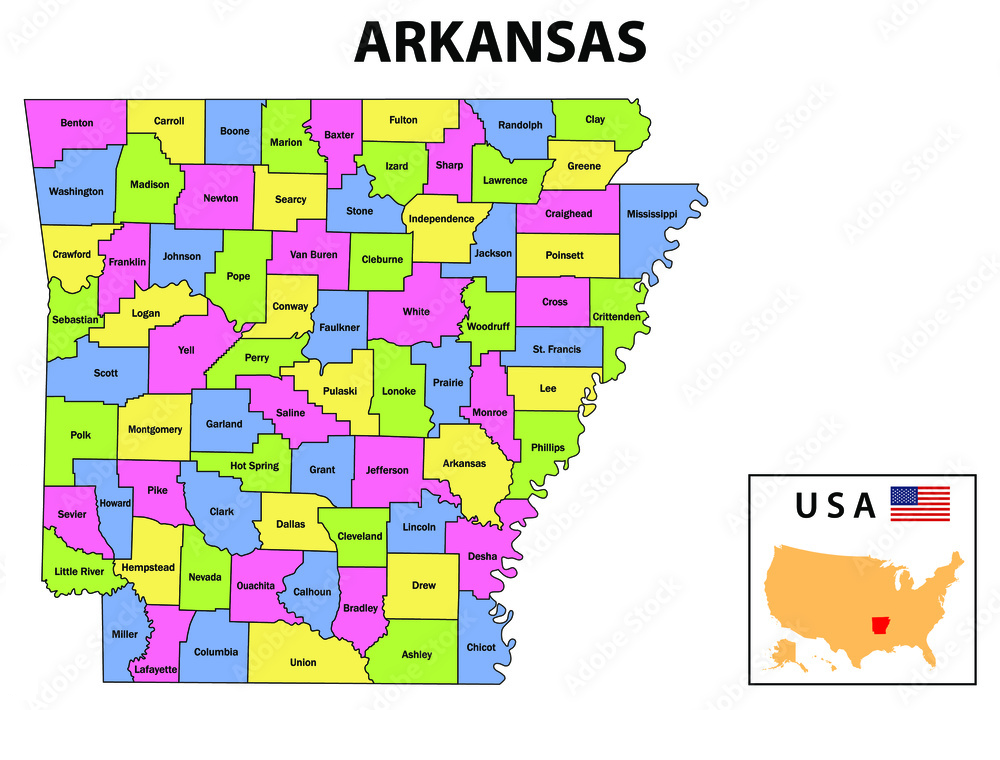Introduction
Kenya, a country in East Africa, is renowned for its stunning landscapes, diverse wildlife, and vibrant culture. From the savannas of the Maasai Mara to the beaches of the Indian Ocean, Kenya offers a rich tapestry of experiences. This comprehensive guide explores the geography, history, demographics, economy, and other significant aspects of Kenya, providing a thorough understanding of this fascinating country.
Geography and Location
Overview
Kenya is located on the eastern coast of Africa, straddling the equator. It shares borders with Ethiopia to the north, Somalia to the east, Tanzania to the south, Uganda to the west, and South Sudan to the northwest. To the southeast, Kenya has a coastline along the Indian Ocean.
Topography
The country’s topography is varied, featuring coastal plains, inland plateaus, and mountain ranges. The Great Rift Valley, which runs through Kenya from north to south, is a significant geographical feature. It is flanked by highlands that include some of Africa’s highest mountains, such as Mount Kenya.
Major Regions
- Central Highlands: Home to Mount Kenya, this region is known for its fertile soil and favorable climate, making it a major agricultural hub.
- Great Rift Valley: A geological wonder, the Rift Valley is dotted with lakes, volcanoes, and rich archaeological sites.
- Western Kenya: Characterized by high rainfall and fertile lands, this area is crucial for tea and sugarcane farming.
- Coastal Strip: Along the Indian Ocean, this region is known for its beautiful beaches, coral reefs, and historic towns like Mombasa and Malindi.
Climate
Kenya’s climate varies from tropical along the coast to arid in the interior. The highlands experience cooler temperatures and more rainfall. The country has two main rainy seasons: the long rains from March to May and the short rains from October to December.
History
Pre-Colonial Period
Kenya’s history dates back millions of years, with some of the oldest known human fossils discovered in the region. Early inhabitants included various indigenous tribes, such as the Kikuyu, Luo, and Maasai, each with distinct cultures and social structures.
Colonial Era
In the late 19th century, Kenya became a British protectorate and later a colony. The construction of the Uganda Railway from Mombasa to Lake Victoria played a pivotal role in the colonization process, facilitating the movement of settlers and goods. The struggle for independence was marked by the Mau Mau Uprising in the 1950s, leading to Kenya gaining independence on December 12, 1963.
Post-Independence
Jomo Kenyatta became Kenya’s first president, ushering in an era of nation-building and development. Since independence, Kenya has experienced significant political, social, and economic changes, evolving into a multi-party democracy with periodic elections.
Demographics
Population
Kenya has a diverse population of over 53 million people. The population is young, with a median age of around 20 years, reflecting high birth rates and a dynamic demographic structure.
Ethnic Groups
Kenya is home to more than 40 ethnic groups. The largest include:
- Kikuyu: Predominantly found in the central highlands, they are the largest ethnic group.
- Luo: Mainly residing around Lake Victoria, known for their rich cultural heritage.
- Luhya: Found in western Kenya, comprising multiple sub-groups.
- Kalenjin: Inhabitants of the Rift Valley, famous for producing world-class athletes.
- Maasai: Semi-nomadic pastoralists known for their distinctive customs and dress.
Languages
Kenya has two official languages: English and Swahili. Swahili, or Kiswahili, serves as the national language and is widely spoken across the country. Additionally, numerous indigenous languages are spoken by various ethnic groups.
Religion
Christianity is the predominant religion in Kenya, with significant populations of Roman Catholics, Protestants, and Evangelicals. Islam is mainly practiced along the coast and in certain urban areas. Indigenous beliefs and practices also persist among various communities.
Economy
Overview
Kenya has one of the largest economies in East Africa. It is classified as a lower-middle-income country, with agriculture, manufacturing, and services sectors playing crucial roles.
Agriculture
Agriculture is the backbone of Kenya’s economy, contributing about 35% to the GDP and employing around 70% of the workforce. Key agricultural products include tea, coffee, horticultural products, and floriculture. Kenya is one of the world’s leading exporters of tea and fresh flowers.
Tourism
Tourism is a vital industry, driven by Kenya’s rich wildlife, national parks, and beautiful beaches. Popular tourist destinations include the Maasai Mara National Reserve, Amboseli National Park, and the coastal city of Mombasa. The industry contributes significantly to foreign exchange earnings and employment.
Industry and Manufacturing
Kenya’s industrial sector is diverse, encompassing food processing, textiles, cement production, and consumer goods. Nairobi, the capital, serves as a major industrial and commercial hub.
Services
The services sector, including banking, telecommunications, and information technology, has seen substantial growth. Nairobi is emerging as a technology hub in Africa, often referred to as “Silicon Savannah.”
Infrastructure
Kenya has made significant investments in infrastructure, with notable projects such as the Standard Gauge Railway (SGR) linking Mombasa to Nairobi and ongoing improvements in road networks and energy supply.
Political System and Governance
Structure
Kenya is a multi-party democracy with a presidential system. The President is both the head of state and government. The bicameral Parliament consists of the National Assembly and the Senate.
Judiciary
The judiciary is independent, with the Supreme Court at its apex. The judicial system also includes the Court of Appeal, High Court, and subordinate courts.
Administrative Divisions
Kenya is divided into 47 counties, each governed by a county government. The devolved system aims to bring services closer to the people and promote regional development.
Elections
Elections are held every five years, with the most recent ones in 2017. The electoral process is overseen by the Independent Electoral and Boundaries Commission (IEBC).
Education and Healthcare
Education System
Kenya has a well-established education system, comprising
- Primary Education: Free and compulsory for children aged 6-14.
- Secondary Education: Covers four years, culminating in the Kenya Certificate of Secondary Education (KCSE).
- Higher Education: Includes universities, colleges, and technical institutes. The University of Nairobi and Kenyatta University are among the leading institutions.
Literacy Rate
The literacy rate in Kenya is relatively high, with over 80% of the population able to read and write.
Healthcare System
Kenya’s healthcare system includes public, private, and faith-based facilities. The government has made efforts to improve access to healthcare services, although challenges such as inadequate funding and staff shortages persist. The introduction of the National Health Insurance Fund (NHIF) has helped to improve healthcare coverage.
Culture
Music and Dance
Kenya has a vibrant musical heritage, with genres ranging from traditional tribal music to contemporary styles like Benga, Genge, and Kapuka. Music and dance are integral parts of cultural ceremonies and celebrations.
Literature
Kenyan literature is rich, with renowned authors such as Ngũgĩ wa Thiong’o and Meja Mwangi contributing to African literature. Literature often explores themes of colonialism, identity, and social issues.
Cuisine
Kenyan cuisine reflects its diverse cultures, with staples like ugali (maize porridge), sukuma wiki (collard greens), and nyama choma (grilled meat). Coastal cuisine features Indian and Arabian influences, with dishes like biryani and samosas.
Sports
Kenya is famous for its dominance in long-distance running, producing world-class athletes who have set numerous records. Football, rugby, and cricket are also popular sports.
Environment and Conservation
National Parks and Reserves
Kenya is home to several national parks and reserves that protect its rich biodiversity. Key parks include
- Maasai Mara National Reserve: Famous for the Great Migration and diverse wildlife.
- Amboseli National Park: Known for large herds of elephants and views of Mount Kilimanjaro.
- Tsavo National Parks: One of the largest national parks, known for its red elephants.
Conservation Efforts
Kenya is actively involved in wildlife conservation, combating poaching and promoting sustainable tourism. Organizations like the Kenya Wildlife Service (KWS) play a crucial role in protecting endangered species and habitats.
Environmental Challenges
Kenya faces environmental challenges such as deforestation, water scarcity, and pollution. Efforts to address these issues include afforestation programs, water conservation projects, and policies to reduce plastic waste.
Fun and Interesting Facts
Equator
Kenya lies on the equator, allowing visitors to experience both the northern and southern hemispheres.
Lake Victoria
The world’s second-largest freshwater lake by surface area, Lake Victoria, is located on Kenya’s western border.
Great Migration
The annual migration of over a million wildebeest and other animals between the Serengeti in Tanzania and the Maasai Mara in Kenya is one of the greatest wildlife spectacles on Earth.
David Sheldrick Wildlife Trust
This organization runs a renowned elephant orphanage in Nairobi, where visitors can learn about and adopt orphaned elephants.
Diverse Landscapes
Kenya’s landscapes range from arid deserts in the north to lush forests in the central highlands and tropical beaches along the coast.
Conclusion
In conclusion, Kenya is a country rich in diversity, natural beauty, and cultural heritage. From its stunning landscapes and vibrant wildlife to its dynamic economy and resilient people, Kenya offers a multifaceted experience for visitors and residents alike. The country’s journey from pre-colonial times to independence and beyond has shaped its identity and positioned it as a significant player in East Africa and the global community.
- The Largest Lizards In The World - September 9, 2024
- Taos, New Mexico - September 9, 2024
- The Most Colorful Birds From Around The World - September 9, 2024





